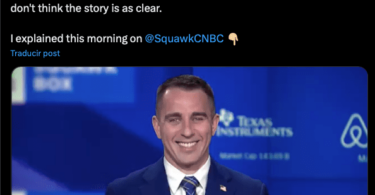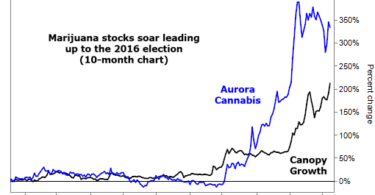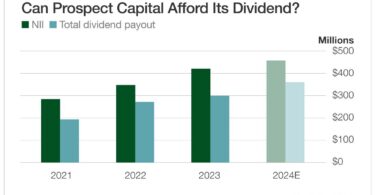By Shah Gilani,Shah Gilani – Total Wealth Research, 2024-07-26
When a new noise suddenly pops up in your normally smooth and quiet car…
What do you do?
Of course… you'd look into it.
It's the same in the markets.
Any time we see a sharp move in a sector or benchmark compared to the S&P… it's worth a closer look.
And right now… the Russell 2000 is begging for it.
In a breathtaking sprint, the index soared 10.5% over just 10 trading sessions.
It's a “three-standard deviation” event when compared to the more staid S&P 500.
This extraordinary performance raises key questions…
Is this surge rooted in fundamental economic shifts… or is it more a game of musical chairs in market positioning?
And – most important – what does this mean for investors eyeing both the risks and opportunities?
Rally On?
Such a dramatic rise in the Russell 2000 does not mean there's a sudden uptick in the fundamental prospects of small-cap companies, which the index represents.
Most of the companies in the Russell 2000 are small-cap and mid-cap companies that generate their business and revenues in the U.S.
Large caps, on the other hand, generate about 42% of their revenues overseas.
The U.S. economy has to be humming along, if not on the verge of growing significantly, for an index like the Russell 2000 to really pop.
You might say, well, this week's GDP print showed strong economic growth… so that's bullish for small caps…
But the Russell rally came BEFORE the print. The index didn't jump because of the strong GDP print.
And then there's this… contrary to the stronger-than-expected GDP print, a chorus of economists and analysts have been pointing to metrics that show the economy slowing.
So instead of being a shift in fundamentals, this move is more likely a result of positioning.
Here's why…
Mighty Swings
For one, if the market is overly short or pessimistic on small caps, any trigger – be it macroeconomic data, policy shifts, or sector rotations – can lead to a swift and sharp covering of these short positions.
The result? An index that pushes higher.
And two, we have a massive concentration in tech stocks, in particular the Magnificent Seven. As that narrow market breadth became more pronounced and more talked about, traders started to “rebalance” their capital allocations. They look for the yet-to-pop stocks… most of which are small and midcaps.
This kind of rapid repositioning can create outsized moves that aren't directly tied to changes in the underlying economic landscape.
Like the kind of outsized move we saw in the Russell because there had been a lot of shorting of underperforming assets.
But wait… there's more…
Clear as Mud
Now let's look at the monetary environment. We know that interest rates have a big impact on small cap stocks.
About one-third of the current debt on the balance sheets of small cap firms is tied to floating rates.
When rates rise, the cost of servicing this debt increases. That cost squeezes the already tight margins that small caps operate within.
And when rates fall, the relief can be substantial. Profitability increases… and companies have more operational flexibility.
No question small caps have been hurt by the Fed's aggressive tightening. The sudden outperformance of the Russell 2000 suggests investors are betting on a pivot, maybe sooner than the market has priced in.
But the Fed's actions remain uncertain. Any delay in rate cuts would prolong the financial strain on small caps.
So we must temper such optimism with a dose of reality.
So how do you play it?
What to Do
For traders and investors, the volatility in the Russell 2000 presents a prime opportunity.
The way to play it is through the IWM, an ETF that tracks the Russell 2000.
If you believe that interest rates will stabilize or decline, and that the small cap sector will benefit from wider economic recoveries, then you could go long on the IWM.
This strategy would hinge on rate cuts or pauses… which would in turn lead to reduced debt servicing costs and improved margins for small caps.
Plus, any continuation of the repositioning within the market could further fuel short-term gains in the index.
For the more cautious or bearish investor, you could trade put options or short positions on the IWM. This approach is based on the skepticism about the recent rally… concerns over continued high interest rates… or the anticipation of economic data that could dampen the outlook for small caps.
I'm convinced the rally is due to short-term repositioning in the market… so I've been showing my subscribers how to trade it in my Launch Investor research service.
In fact, earlier today, I broke down how we traded the IWM for a quick 150% in just two days in Trading Tactics, my newsletter for paid Manward subscribers.
When you take a closer look at the noise… and figure out what's going on… you can save yourself some money… and make a whole lot more.
The post What's Really Behind the Surge in Small Caps appeared first on Total Wealth Research.








